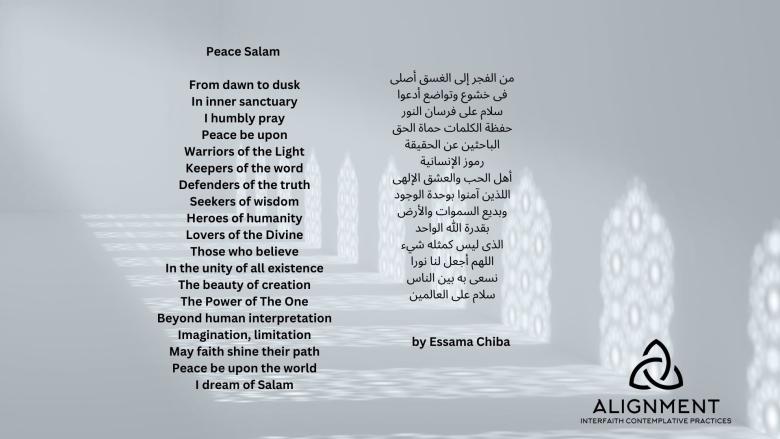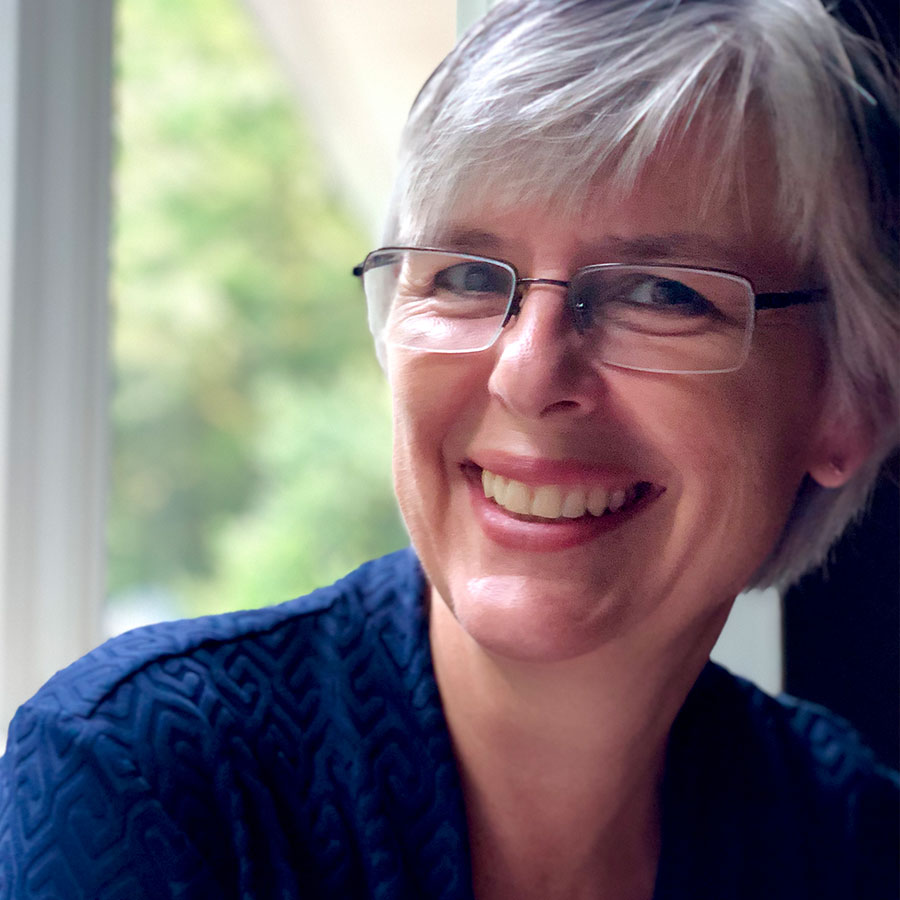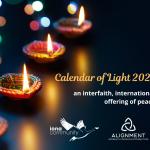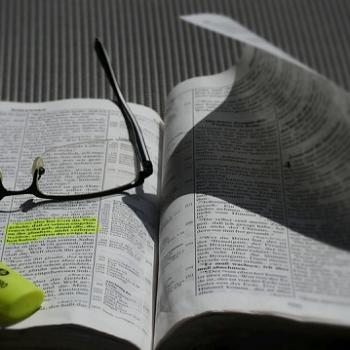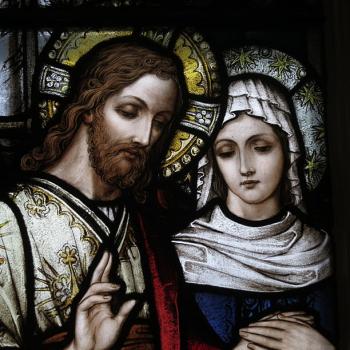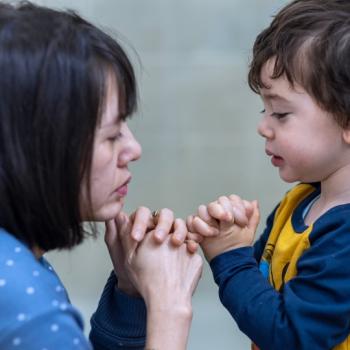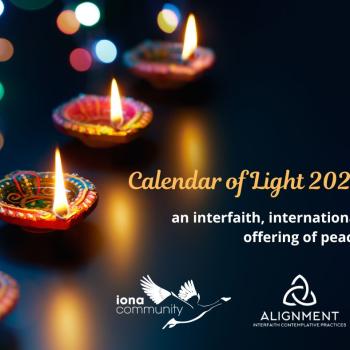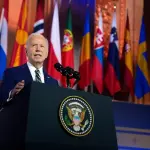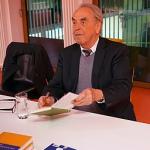
During times of immense loss in the world, times of conflict and violence, when grief abounds and anxiety soars, turning to prayer is a natural response for many. Sometimes it feels as if it is the only thing we can do as lives are shattered around us. But when the war involves people of different traditions, when one fears their tradition and people are threatened, can we pray for those of another faith? Can a Muslim pray with and for a Jew? Can Jewish prayers be offered for Muslim and Christian neighbors? Can prayers transcend our differences and reach the level of a united humanity? Alignment’s offering of Prayer in a Time of War is witness to the fact that yes, not only can we pray together, but perhaps it is a most basic need and the soil in which the seeds of peace can be planted.
What Is the Point of Prayer?
Before deciding whether we can pray with someone of a different tradition, perhaps we need to clarify what it is we are seeking by praying in the first place. Many traditions address prayer to a divine being.
Loving God,
Barukh ata Adonai Eloheinu, melekh ha’olam: Blessed are you, Lord our God, King of the Universe,
Bismillah Al-Rahman Al-Raheem: In the name of God, the most Merciful, the Beneficent,
Merciful Creator, Spirit, One Source.
The act of prayer is at its heart a communication between the pray-er and some understanding of one that will hold us with mercy, grace, and love. We turn to prayer needing that communication, to be heard and known, to be assured, to pause in the presence of connection. And at the very core of interfaith engagement is this intention. Sharing a time of prayer with a person of a different tradition does not deny your belief or theirs. It does not dismiss one name of the divine for another. It upholds the foundational purpose of prayer: connection and communication.
Prayer as Petition
Prayer is a form of asking for what we need, for ourselves and on behalf of others. It is petition and intercession. It can come with urgency and despair, with regret and shame, with hope and longing. We see a world of people we do not know, suffering, and we feel helpless, except in this action of prayer. We carry burdens we cannot voice aloud but know that in prayer we can say the unthinkable. It is a place of vulnerability and brokenness. With the hope that what we offer will be held by someone, something, greater than us, because we cannot hold it alone. And at the very core of interfaith engagement is this intention. Because in community with those beyond the scope of our experience lies the possibility of being heard and understood and supported and loved. We do not pray for others because we think their prayers won’t work. We pray for others because we long for their wellbeing. So to pray for and with someone of a different tradition does just this – it expands the power of connection.
There are some Christians who believe prayers are only legitimate if they are offered in the name of Jesus. To them I would say, then offer them in the name of Jesus. It is recorded that when Jesus prayed, he prayed to and in the name of the one that marked the closest relationship of familial bond to him, Abba, Father. The intimacy of the communication is key. If we cultivate this intimacy in partnership, across traditions, every communication with someone from another tradition, every sharing of a fear, a loss, a hope becomes a prayer.
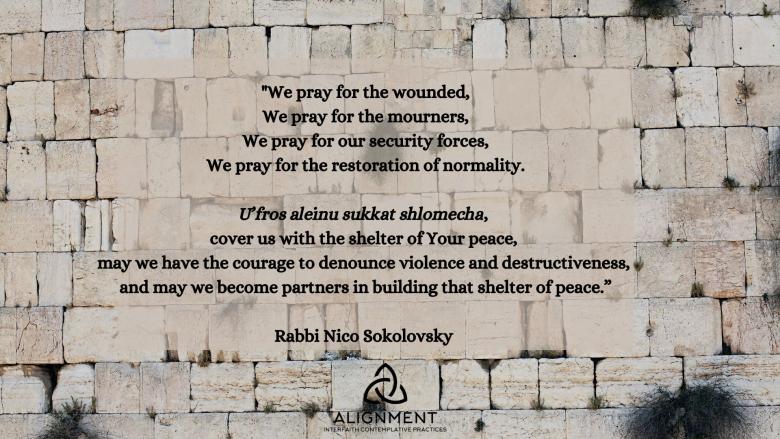
Prayer in a Time of War
When October brought daily images of horror from Israel and Palestine, the board members of Alignment decided to add an extra online event to the regular weekly sessions of Interfaith Contemplative Practices. Prayer in a Time of War: A Sacred Space of Refuge. It is a 45-minute virtual space with the following invitation:
During times of grief, loss, conflict, and confusion, many of our traditions encourage retreat to spaces of prayer. These caves of contemplation can offer spiritual solace even as difficult emotions and ongoing questions continue to arise. This special session of Alignment will provide time for prayer, music, poetry, and silence as we grieve the loss of life in a time of war. You are invited to bring something to share, or simply to offer your presence within the blessing of silence.
The leaders of Alignment, Muslim, Jewish, and Christian, each offer a simple prayer in song, poetry, and image. Most who attend offer prayers from their tradition in the chat or offer their presence as their prayer. After the first session, a Jewish woman who was reluctant at first to attend, because she did not know if it would feel safe to hear an Islamic prayer lifted, noted afterwards that the space felt “beautiful, safe, and peaceful”. Oftentimes it is the not-knowing that feels unsafe. Not knowing what prayer sounds like or means in another tradition. Not knowing if it will threaten our own beliefs. Not knowing if a Muslim and a Jew can pray together. Even and especially if nations that represent these traditions are at war.
What more appropriate action could there be at this time than to pray together?
To form connection and be in communication. To be seen and known. For one’s wellbeing to be uplifted. To be held in mercy, grace, and love by a power that transcends our different names and ways.
Yes, a Muslim and a Jew and a Christian and a person from any tradition or no tradition can cry out together: may there be peace!
